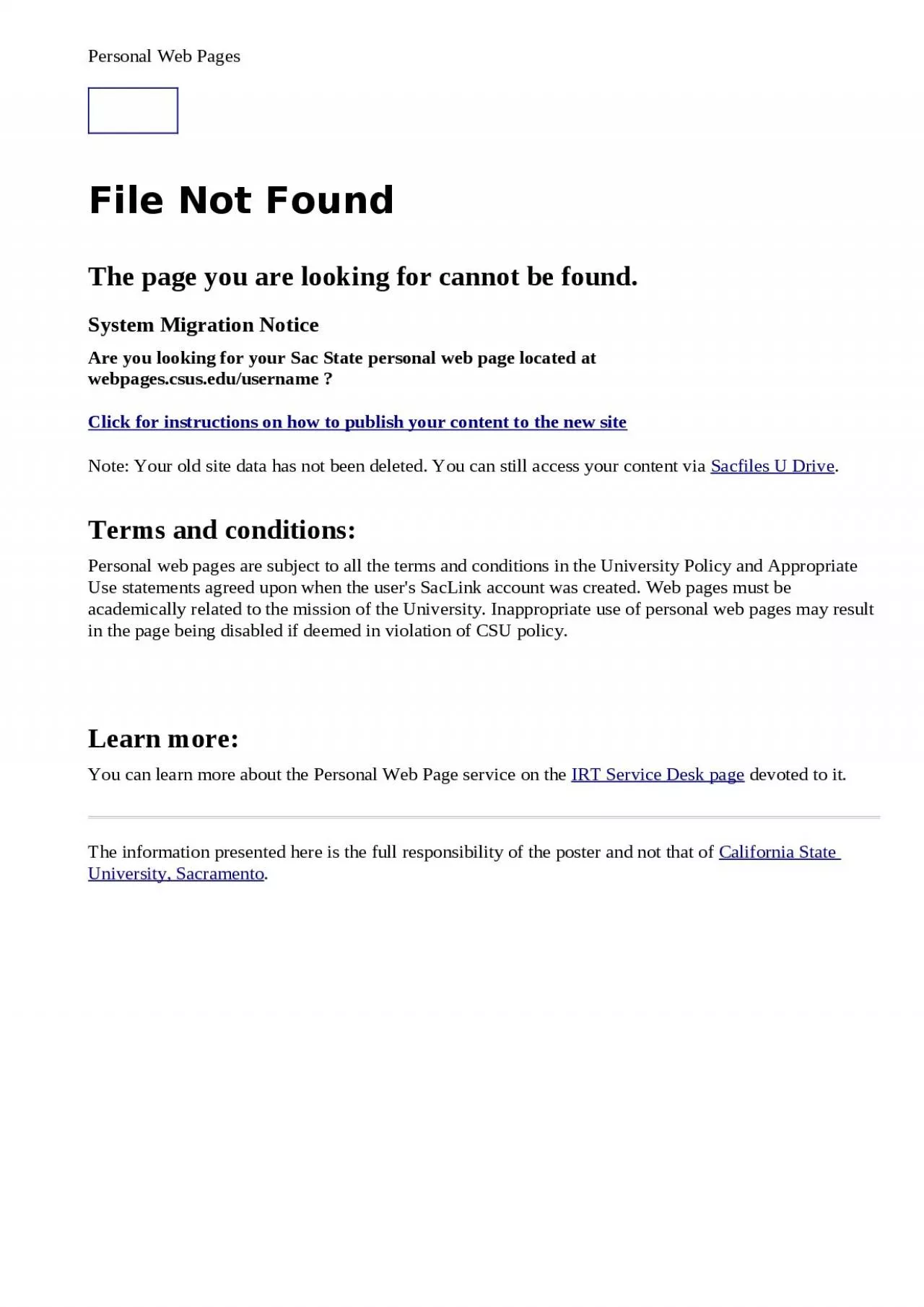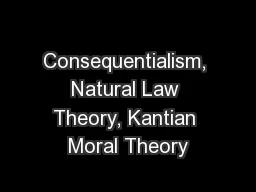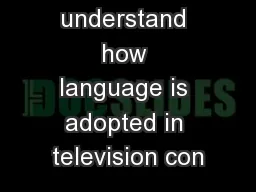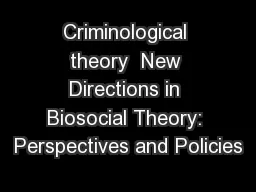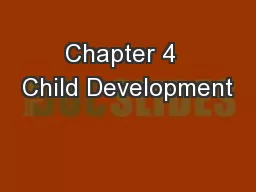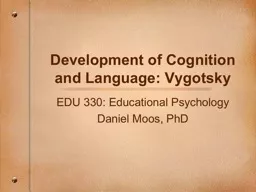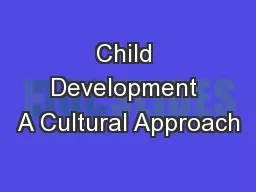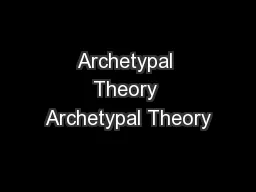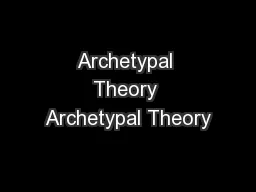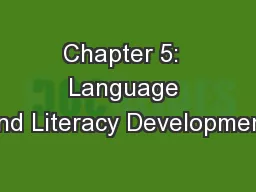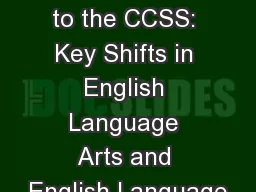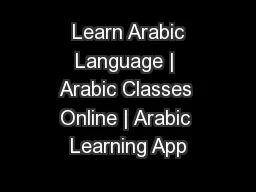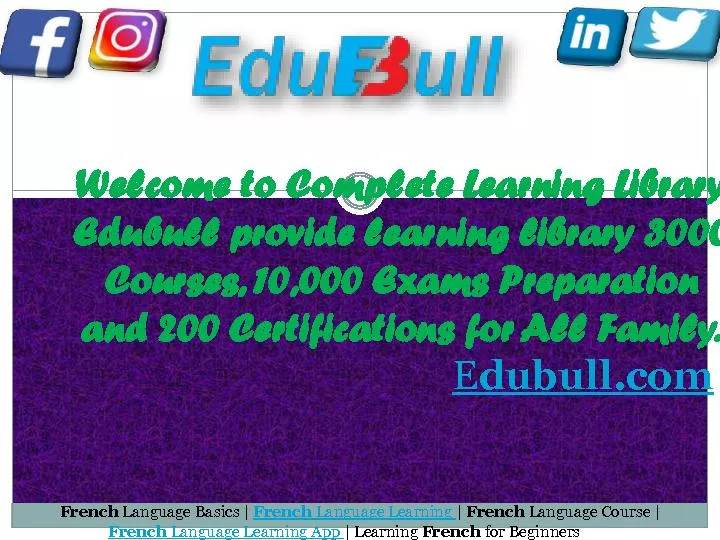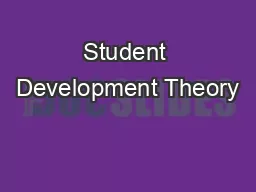PPT-Language Theory and Development: A
Author : ava | Published Date : 2023-05-21
R eview Several new resources Fogle PT 2023 Essentials of communication sciences and disorders 3rd ed Burlington MA Jones amp Bartlett Learning RoseberryMcKibbin
Presentation Embed Code
Download Presentation
Download Presentation The PPT/PDF document "Language Theory and Development: A" is the property of its rightful owner. Permission is granted to download and print the materials on this website for personal, non-commercial use only, and to display it on your personal computer provided you do not modify the materials and that you retain all copyright notices contained in the materials. By downloading content from our website, you accept the terms of this agreement.
Language Theory and Development: A: Transcript
Download Rules Of Document
"Language Theory and Development: A"The content belongs to its owner. You may download and print it for personal use, without modification, and keep all copyright notices. By downloading, you agree to these terms.
Related Documents

